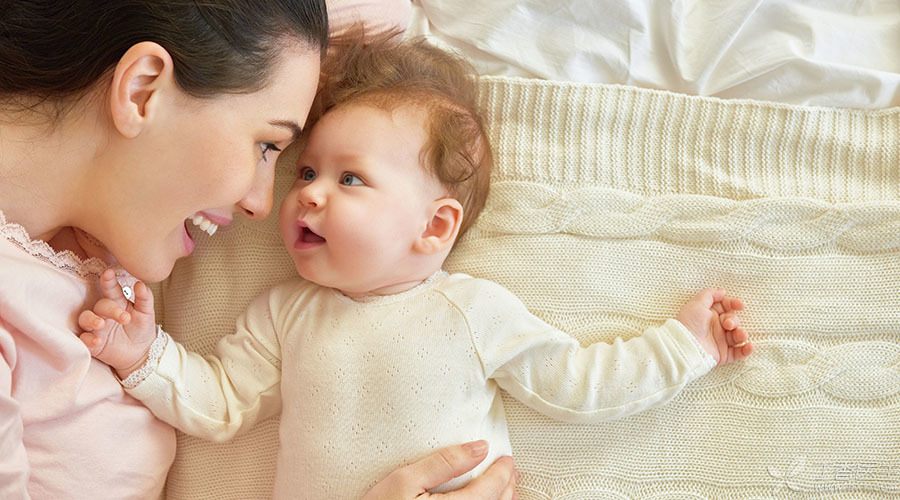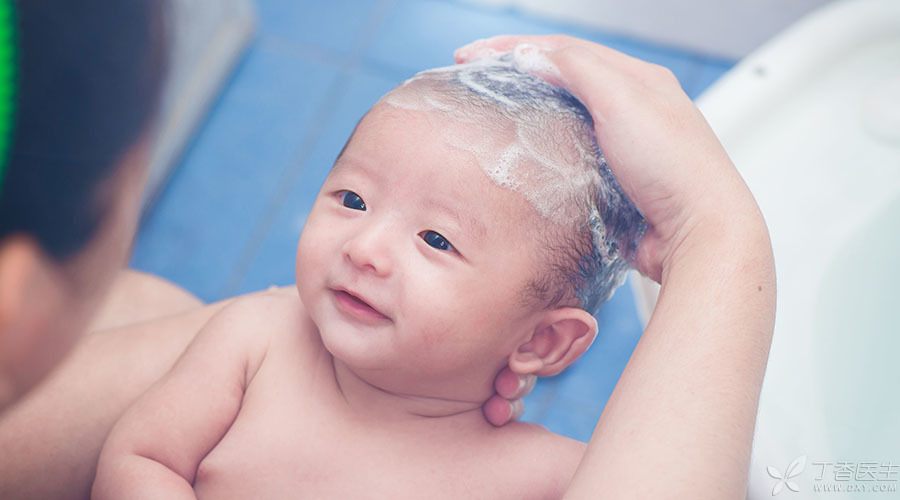
After the full moon of the child, the parents also slowly broke away from the novice period and began to take care of the baby with ease.
The baby of 2 ~ 3 months old will have earth-shaking changes, from a newborn who depends on others for everything to a lively and clever baby, gradually establishing the life rules of eating, moving and sleeping.
Although each baby has its own way of growth and speed of development, whether it reaches the symbolic index at this stage can reflect the healthy or developmental state of the child to a certain extent, so as to indicate whether it is necessary to seek medical treatment in time or adjust the feeding method.
Today, I will talk about the physical development characteristics and nursing points of babies aged 2-3 months.
Normal range of growth and development
The range of normal body length and weight of infants aged 2 ~ 3 months
| girl baby | 51.1~64.1 | 3.72~7.46 |
| girl baby | 54.2~67.5 | 4.40~8.71 |
Indicator Description:During this period, the baby’s physical development may alternate between rapid development and growth stagnation.For example, a child who has slept all night for several weeks and suddenly starts to wake up at night to nurse, and has eaten more night milk before, may indicate that the child is about to make a big leap in development. The opposite situation indicates that the growth rate is slowing down or stagnating. Parents should learn to predict and accept these periodic changes.

Special changes in the body
1. Round Body
The 2-month-old baby looks round and chubby, but with the increase of his limb activity, his bones and muscles begin to develop, and his body and limbs will stretch more, making him look taller and thinner.
Step 2: Don’t shave your fetal hair
Some people think that the full moon must shave its head, which can make children’s hair thick, black and bright when they reach adulthood. It can also prevent sores on the head. What is the truth?
People’s hair is getting rid of the old and welcoming the new every day. Even if the head shaved at the full moon gives birth to thicker hair, the thicker hair will naturally fall off as early as the age of 3 to 5, which will not affect whether the hair is thick and bright as an adult. In addition, the baby’s skin is thin and tender, sensitive to shaving stimulation, easy to appear local redness after shaving, and even form a wind mass. Infants are often difficult to quietly cooperate with shaving, in case of twisting and struggling, ordinary razors are easy to hurt children. Studies have shown that shaving the head has no effect on preventing head sores.
Therefore, no matter for convenience or aesthetic consideration, if parents do not plan to grow hair for their children for the time being, please choose a special safety hairdresser for children and cut the hair short without shaving the fetal hair.
3. Cryptorchidism of male babies
At this stage, when some parents bathe their children, they will find that the scrotum on both sides of the child is different in size, full on one side and empty on the other. If they touch it again, they will find that there are not even balls in it, which may be cryptorchidism.
Cryptorchidism is because at birth, the testis of these children did not descend into the scrotum and still stayed in the abdominal cavity, which would lead to the normal development and work of the testis. Over time, the testis would slowly degenerate or even shrink, leading to later infertility and even canceration of the testis.
Although scrotal emptiness is not necessarily cryptorchidism, However, if parents have never touched one or two testicles in the scrotum, and even it is difficult to see them when taking a hot bath for their babies, they need to find a doctor for examination. Some children’s testicles will drop within a few months, but doctors should be invited to determine the specific situation. It is necessary to do surgery in time to avoid sequelae.
4. Labial adhesion of female baby
How does the baby’s labia majora and labia minora adhere to one piece? What the hell is going on here?
In fact, labial adhesion after the birth of a female baby is mostly a normal physiological phenomenon caused by the reduction of estrogen in the body.
The newborn baby’s body [inherits] the estrogen of the mother’s body, and the labia is swollen. When the estrogen gradually subsides, the labia gradually dries and shrinks, thus forming many tiny wrinkles. Both sides are embedded and adhered to each other.
Many babies will separate labia adhesion by themselves when they are 6 ~ 18 months old, and there are also those that have not been separated when they are over 6 ~ 7 years old. But basically before and after puberty, estrogen levels rise and adhesion naturally separates.
Most babies with labial adhesion have no symptoms. As long as you pay attention to frequent cleaning and keep perineum clean, you don’t need to do any treatment. However, if the baby feels uncomfortable or frequently suffers from urinary tract infection, you should seek medical treatment in time to separate the labia.
